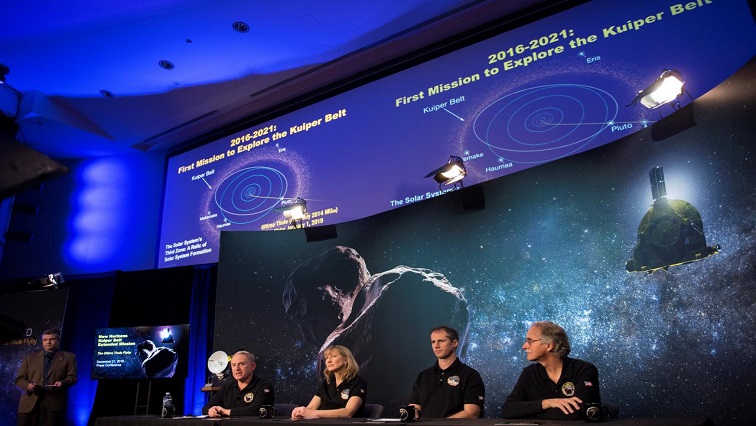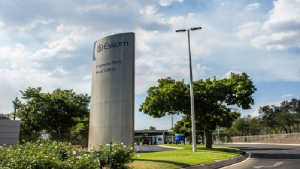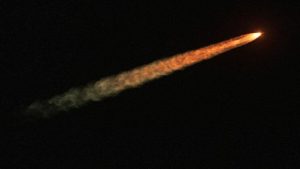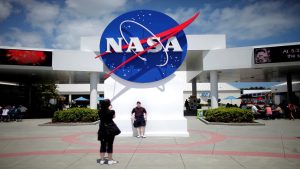NASA’s New Horizons explorer successfully “phoned home” on Tuesday after a journey to the most distant world ever explored by humankind, a frozen rock at the edge of the solar system that scientists hope will uncover secrets to its creation.
The nuclear-powered space probe has traveled 6.4 billion kilometres to come within 3.540 kilometres of Ultima Thule, an apparently peanut-shaped, 32-kilometres -long) space rock in the uncharted heart of the Kuiper Belt.
The belt is a ring of icy celestial bodies just outside Neptune’s orbit.
Engineers at Johns Hopkins Applied Physics Laboratory in Maryland cheered when the spacecraft’s first signals came through the National Aeronautic and Space Agency’s Deep Space Network at 10:28 am.
“We have a healthy spacecraft,” Mission Operations Manager Alice Bowman declared.
The spacecraft will ping back more detailed images and data from Thule in the coming days, NASA said.
Launched in January 2006, New Horizons embarked on its 4 billion-mile journey toward the solar system’s edge to study the dwarf planet Pluto and its five moons.






